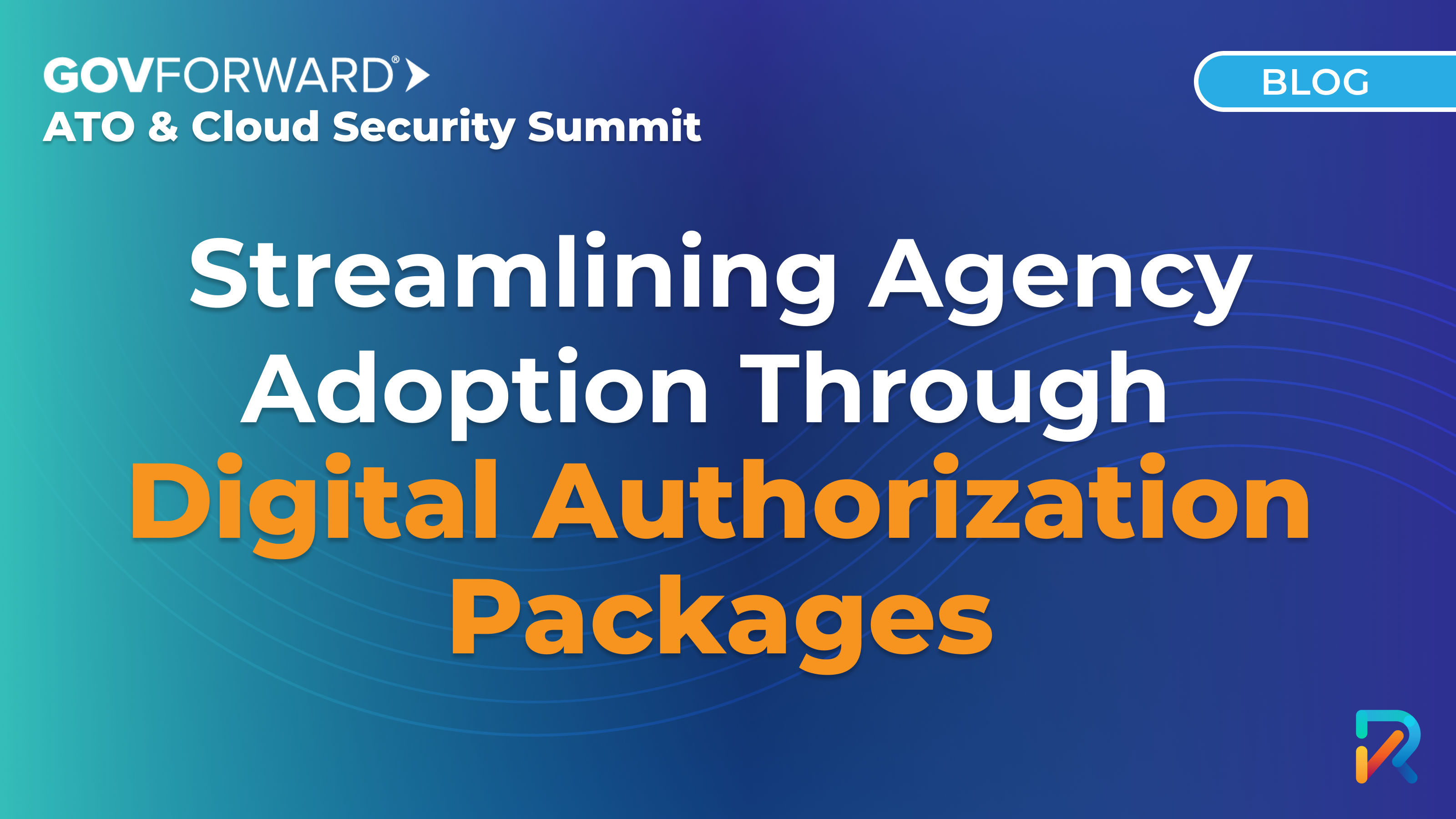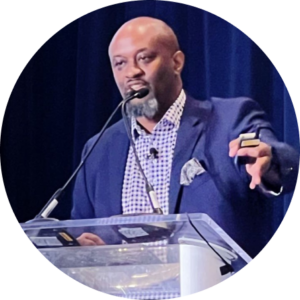Streamlining Agency Adoption Through Digital Authorization Packages: Insights from GovForward ATO & Cloud Security Summit

It’s been long discussed that government agencies must continually enhance their cybersecurity frameworks to keep up with the pace of technology and threats. The real question most practitioners are asking themselves is how.
This was the focus of the recent GovForward & Cloud Security Summit, where experts convened to discuss innovative approaches to streamlining agency adoption through digital authorization packages. The panel, titled “Streamlining Agency Adoption through Digital Authorization Packages,” shed light on the new FedRAMP roadmap and the potential benefits of automation for key performance metrics tied to customer experience for both cloud service providers and the government.
The need for automation and technology in FedRAMP ATO
The fourth strategic goal of FedRAMP’s new roadmap emphasizes increasing program effectiveness through automation and technology-forward operations. As part of this strategy, the PMO plans to leverage OSCAL (Open Security Controls Assessment Language) to support machine-readable digital authorization packages, aiming to enhance the efficiency and effectiveness of the ATO process. This aligns with the broader goal of improving the customer experience and key performance metrics.
Panel highlights
In case you missed the session at the GovForward & Cloud Security summit, we have prepared the key takeaways from each panelist. They explored topics such as Continuous Controls Monitoring (CCM), automation in government compliance, and the integration of compliance as code into DevSecOps workflows. Their insights provide valuable guidance for professionals looking to scale compliance effectively in their organizations.
Let’s dive in!
Stanley Lowe, Chief Information Security Officer, Department of Interior:
Lowe highlighted the importance of reusing existing ATOs to avoid redundant efforts and save resources. He emphasized that many cloud service providers need to be more utilized due to the lack of reuse among agencies. Lowe’s initiative focuses on streamlining the ATO process within the Department of Interior by leveraging existing certifications like SOC 2 Type 2 and ISO 27001. This approach aims to reduce the time and bureaucracy involved in obtaining ATOs, thereby enhancing operational efficiency.

Travis Howerton, Co-Founder and CEO, RegScale:
Howerton discussed the transformative potential of OSCAL and Compliance-as-Code in the ATO world. He advocated for the integration of OSCAL to reduce the manual efforts involved in the ATO process by leveraging extreme automation in the process, allowing agencies to focus on high-risk areas that require human judgment. Howerton’s (and RegScale’s) vision is to create a seamless process where digital packages can be compiled, validated, and assessed automatically, thus reducing time and cost significantly.

Kevin E. Greene, CTO, Public Sector, OpenText Cybersecurity:
Greene emphasized the need to avoid automating inefficient processes. Instead, he advocated for identifying and improving these processes before introducing automation. By integrating AI and contextual analysis, Greene believes that agencies can enhance their security frameworks and ensure that automation efforts are focused on adding real value.

➡️ Prefer to watch the full recording of the webinar on-demand? Click here to watch!
Challenges and opportunities in the ATO process
Achieving Authority to Operate (ATO) in cloud environments presents both significant challenges and unique opportunities for organizations. Navigating the complexities of compliance requirements, security controls, and risk management is critical to obtaining and maintaining ATO. This section delves into the specific hurdles organizations face during the ATO process and explores innovative strategies to streamline and enhance this vital aspect of cloud governance.
Overcoming bureaucracy:
The panelists unanimously agreed that the current ATO process is cumbersome and often leads to inefficiencies. By reworking it to focus on essential security controls and leverage existing certifications, agencies can streamline their operations and reduce redundancy.
Implementing OSCAL:
The Open Security Controls Assessment Language (OSCAL) was a recurring theme during the panel. OSCAL aims to standardize and automate the generation and validation of security documentation. By adopting OSCAL, agencies can ensure their security packages are machine-readable, reducing manual errors and increasing consistency.
Embracing continuous Authority to Operate (cATO):
Continuous Authority to Operate (cATO) represents a shift from traditional, static ATO processes to a more dynamic and ongoing assessment model. By integrating real-time monitoring and automation, agencies can maintain their security posture more effectively and respond to threats promptly.
What’s next in the ATO process?
The GovForward ATO & Cloud Security Summit underscored the critical need for modernization in the ATO process. Government agencies can significantly enhance their cybersecurity posture by adopting automation, leveraging existing certifications, and embracing new frameworks like OSCAL and cATO. This improves efficiency and ensures that agencies are better equipped to handle the evolving threat landscape.
The panelists’ insights highlight a future where digital authorization packages and automated compliance processes become the norm, paving the way for more resilient and responsive cybersecurity frameworks in government operations. Ask for a demo today to learn how RegScale can streamline your ATO process.
Ready to get started?
Choose the path that is right for you!
Skip the line
My organization doesn’t have GRC tools yet and I am ready to start automating my compliance with continuous monitoring pipelines now.
Supercharge
My organization already has legacy compliance software, but I want to automate many of the manual processes that feed it.
